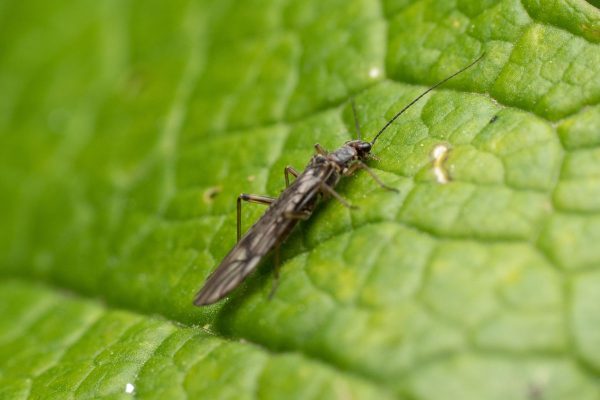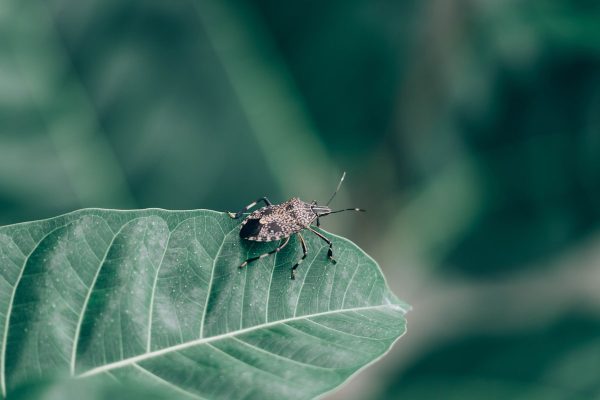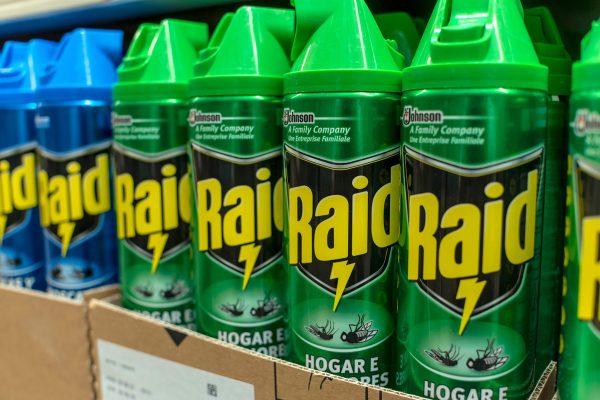Have you ever wondered how mothballs disappear from your closet? In this post, we will tackle if mothballs evaporate or dissolve. We have conducted thorough research on this matter since we are just as curious as you.
Mothballs slowly vanish as they transform into gas and interact with the air. The number of mothballs present, the quantity of airflow around them, and the temperature are only a few variables that affect how long a mothball takes to evaporate.
Mothballs are indeed beneficial in getting rid of the critters inside your closet. And it would be best to know how they work and how they may affect your health. To do so, please keep reading.
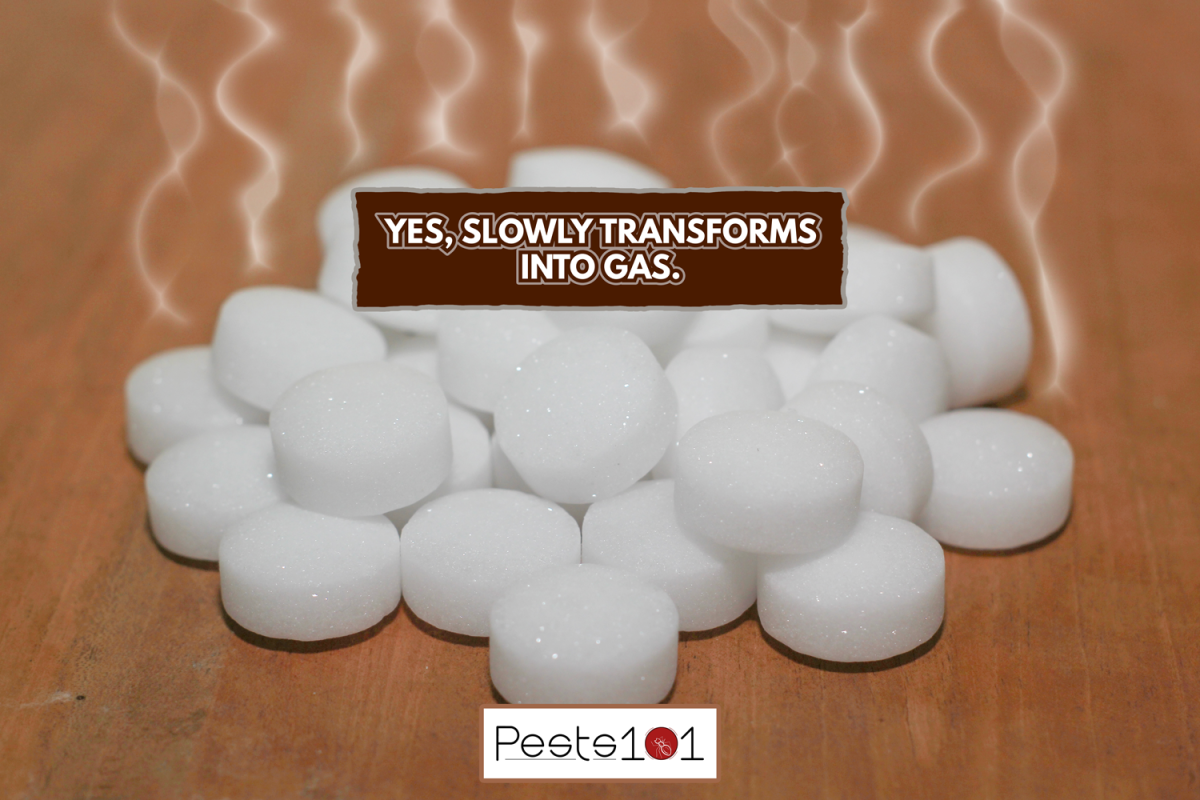
Chemical Composition Of Mothballs
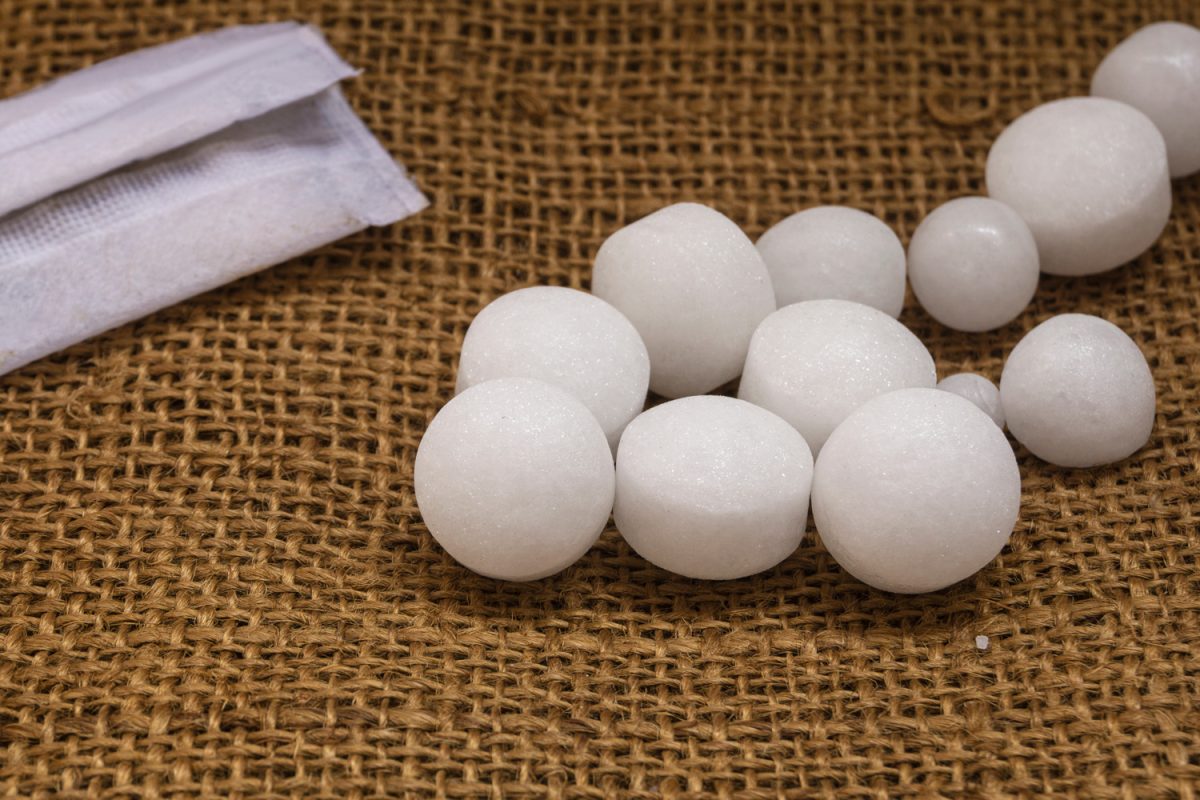
In the United States, mothballs either include a lot of paradichlorobenzene or Naphthalene. Both active components are solid compounds at room temperature that slowly release vapors. When retained inside tightly sealed containers, the vapors eliminate clothing moths.
Following storage, mothball fumes might adhere to fabrics or garments, necessitating airing out and washing the items to eliminate the smell. It would be best not to use mothballs outside since the contents can kill wildlife, contaminate water supplies, injure plants or soil, and produce air pollution.
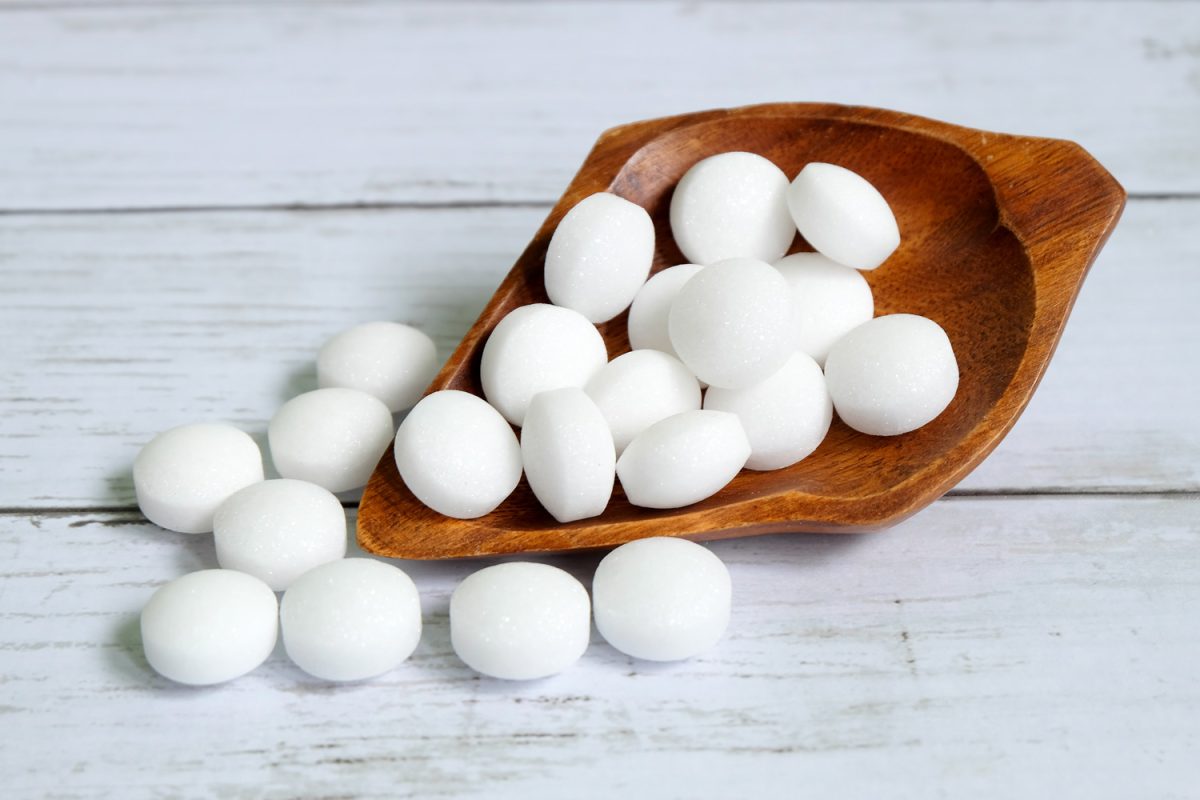
EPA Mothball Regulation
We can use pesticides called mothballs to get rid of fabric bugs like clothes moths. The Environmental Protection Agency is in charge of regulating them in the US. Mothballs, like all pesticides, have labels that clearly state where and how they are permitted to be used.
Using mothballs in ways other than those recommended on the label is unlawful and potentially harmful.
It's possible that some of the mothballs for sale were brought in illegally, meaning the product's labeling or ingredients were not checked. The dangers they pose are unknowable because they haven't been assessed.
Appropriate Use Of Mothballs
Mothball labels often instruct users to store them in a tightly sealed container to avoid pesticide vapors from building up in living areas where people and dogs can inhale them for extended periods. Mothball gases build up within airtight containers, where they kill clothes moths.
One significant error in utilizing mothballs in a not-so-tightly-sealed container is that it causes harmful fumes to escape into the surrounding air. Long-term exposure like this could result in health issues.
Using mothballs to manage insects, snakes, or other wildlife in gardens or other outdoor areas is another error that people frequently make. Mothballs used outside can harm kids, pets, and other animals. When applied outdoors, mothballs can pollute water, plants, and soil.
What Gives Your House a Mothball Smell?
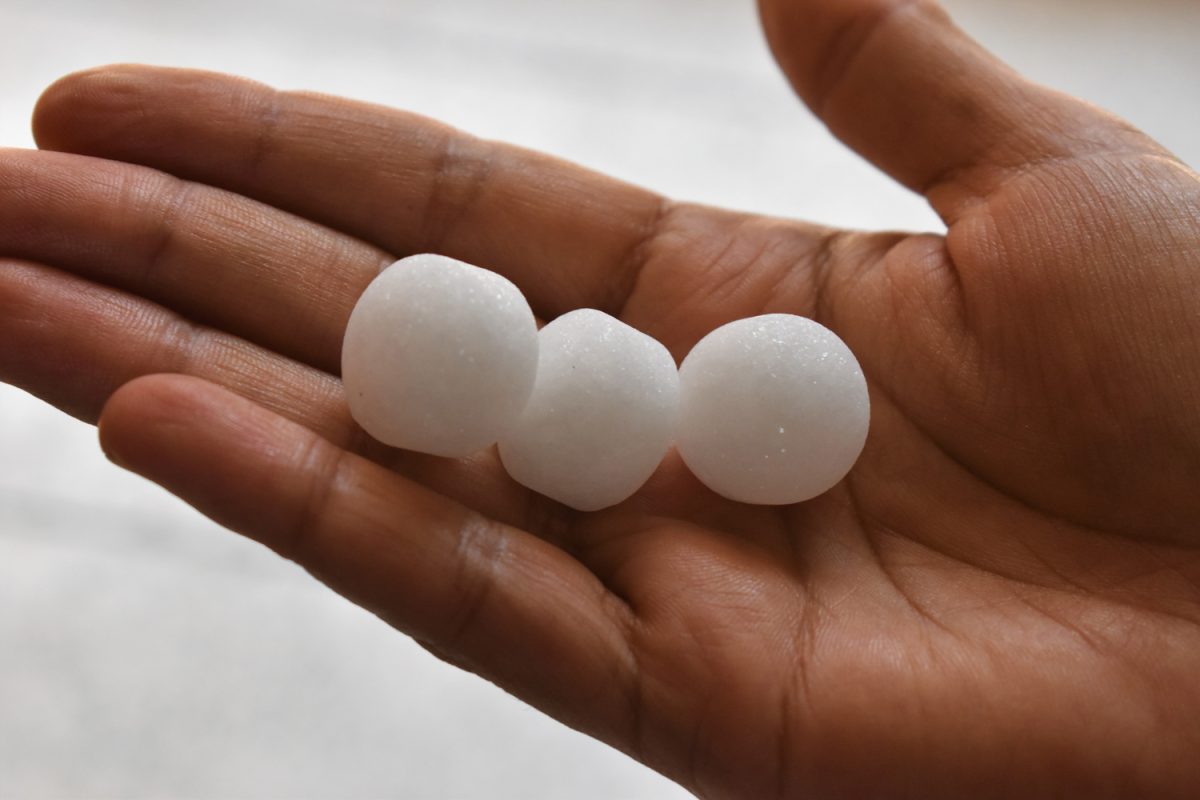
Naphthalene is the specific chemical that produces the mothball odor. Additionally, Naphthalene exists in tobacco smoke and the air of heavily polluted cities.
Businesses that make dye, ink, coal, tar products, tan leather, and preserve wood also utilize Naphthalene. If you reside close to one of these naphthalene sources, your home can begin to smell strongly like mothballs.
What Do Moth Balls Do?
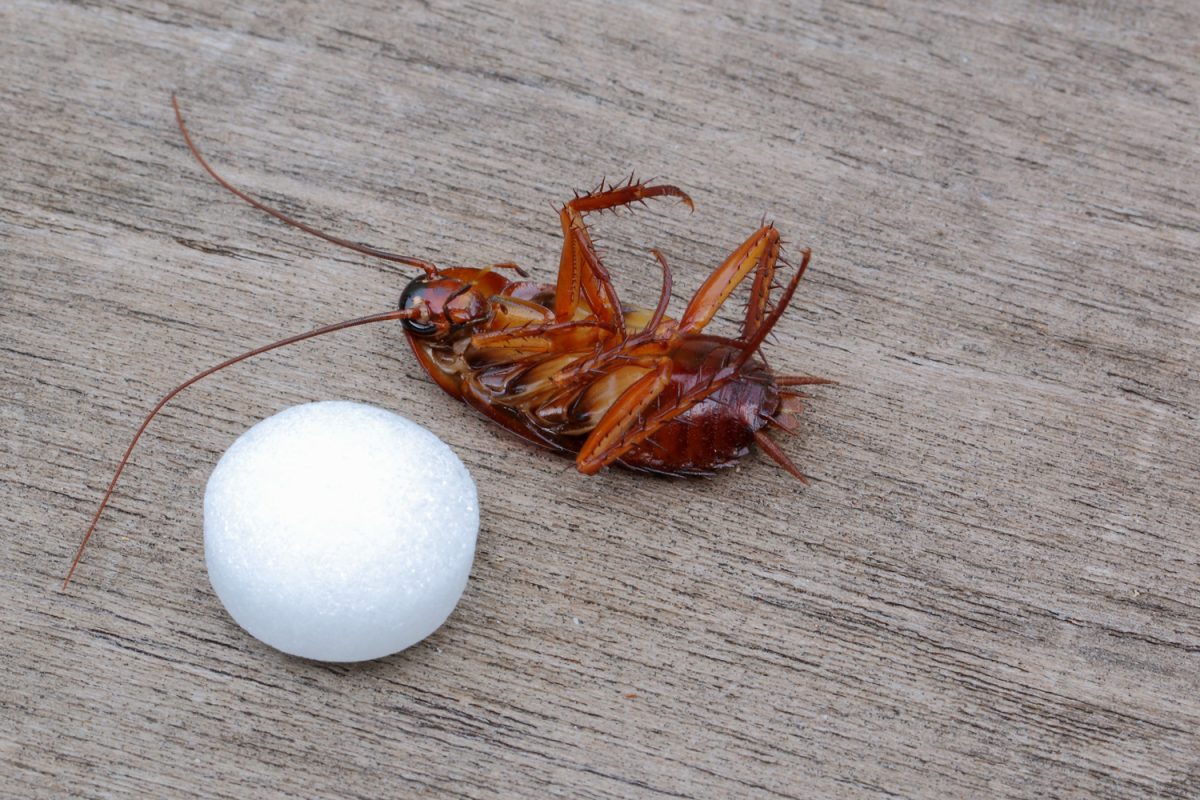
Mothballs are tiny, pungent-smelling pesticide balls commonly used in older homes to ward off mildew and moth larvae. Despite the benefits, removing the smell of mothballs is a top priority for many people.
In addition to being unpleasant, and as already mentioned, the stench can be harmful if inhaled over an extended period. Mothballs sublimate from a solid to a gaseous form because they contain either Naphthalene or paradichlorobenzene, both of which are deadly compounds.
Long-term exposure to these vapors can cause motion sickness, restlessness, exhaustion, severe headaches, nausea, loss of appetite, and other symptoms.
How Long Before Mothballs Start To Disappear?
A mothball needs three to six months to disappear in the open air completely. The mothball may take up to a year to entirely fade if it is not exposed to air, such as by putting it underneath garments.
After the dissipation of the mothballs, it lingers in your house for months or years. However, the odor of mothballs doesn't always completely vanish.
How to Remove the Smell of Mothballs
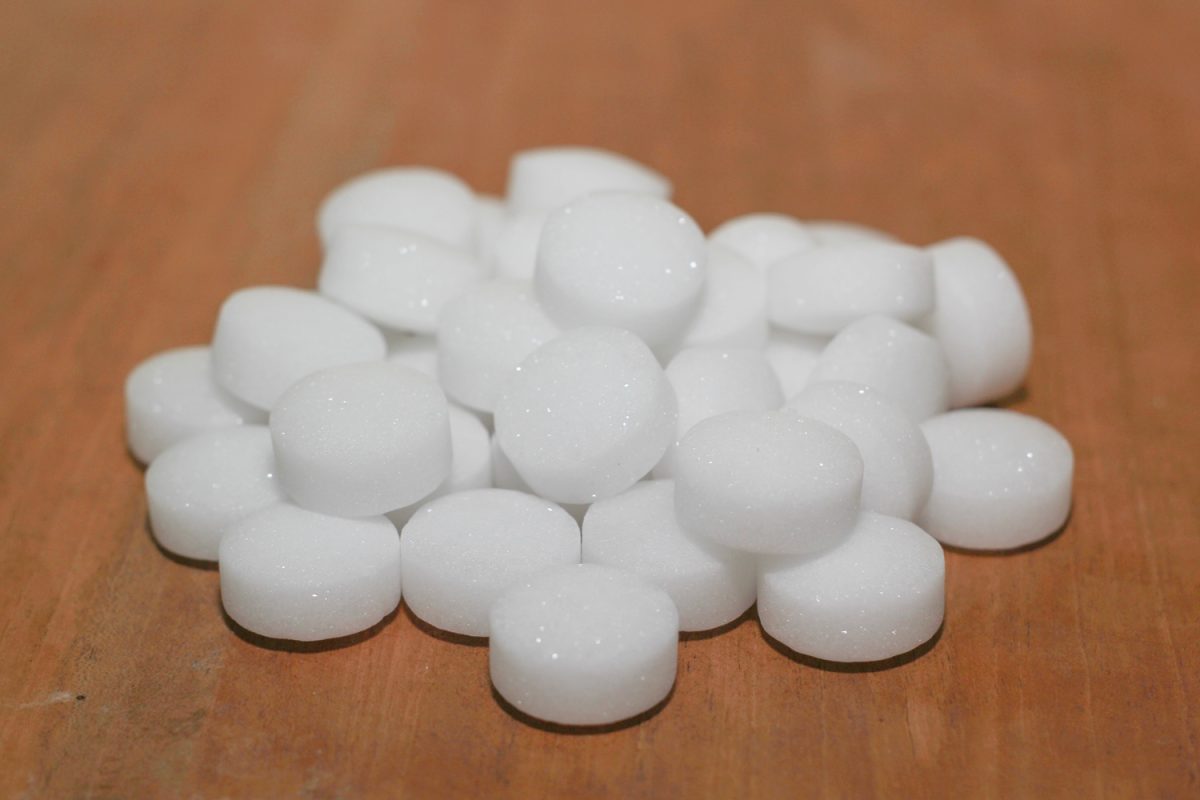
The removal of the mothball smell from your home can be a very laborious and time-consuming task. Typically, hiring odor removal experts is the best option.
However, if you want to attempt to get rid of the mothball scent on your own, several everyday smell treatments, including vinegar and baking soda, are your best bet. We can assist you in eliminating the smell of mothballs in:
Clothes
To remove the odor of mothballs from clothing, prepare a solution of vinegar and lemon juice, and then dab this combination on the affected regions. Before rinsing with warm water, let the solution sit for a while.
You can hang the clothing out in the sun or use a hot iron to press through the fabric to help get rid of the mothball scent. Additionally, a different approach is to use vinegar in the washing machine in place of laundry detergent while washing the items.
Keep in mind that the smell of mothballs might last for weeks. So, it would be best to repeat this many times. Deodorants or fragrances can also temporarily cover up the scent.
Shoes
To remove the smell of mothballs from your shoes, use the same vinegar and lemon juice solution on your clothes. Alternatively, you can fill your shoes with a paper pouch with freshly ground coffee beans and let them sit there for at least a week.
Mothballs' stench will be muted by the aroma of the coffee, which works similarly to baking soda in absorbing odors.
Blankets
Select the "air only" setting on the dryer and throw the blankets there. The smell will go thanks to the hot air. A hot iron or exposure to sunlight are other options for pressing the blanket.
House
Utilizing baking soda is the most effective technique to get rid of the mothball smell in your house. Combining water and baking soda would be best to clean the floors.
When mopping, make sure the rooms have proper ventilation. You can opt to place a plate of activated charcoal, a bowl of vinegar, or a bowl of coffee grounds in the room. It will eliminate any lingering mothball scent. You can buy scented air fresheners and home cleaners as a stopgap measure while trying to destroy the smell.
Furthermore, to totally get rid of the mothball smell, you could, in some situations, have to pull out and replace the carpet.
What Can I Use As An Alternative For Mothballs?
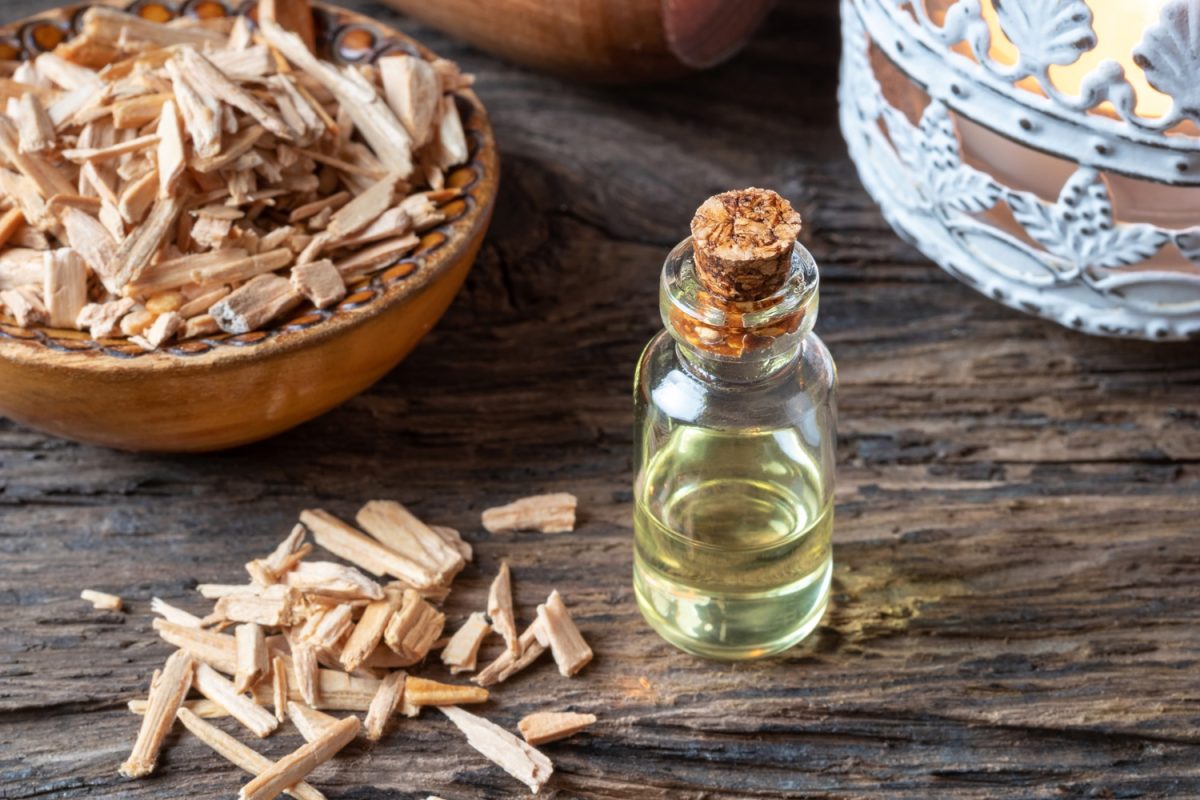
As we previously said, you can utilize mothballs to stop moths and other pests from consuming stored clothing. And if you plan to stop using mothballs for some reason, it would be best to find alternative solutions.
You can see below some of the best choices:
- Use cedar chips for garment storage.
- Use fragrant essential oils such as lavender, clove, and mint in your storage spaces.
- It would be best to keep your clothes in vacuum-sealed bags.
- Before using your drawers or containers, be sure to clear out any moth eggs or larvae.
- To eliminate any odors that can attract moths, wash and dry garments.
Most of these solutions, like clearing the drawers out before use, stowing in vacuum-sealed bags, and washing and drying clothes, are easy to carry out and wise to do. If you have a small home, the bags will also aid in minimizing the space that the clothing takes up.
Mothballs are helpful but can be hazardous if left alone for a long time. The removal of mothballs and their scent is in the best interests of you and your family. Being at home will be more pleasurable anyhow!
Using alternative ways to keep insects like moths and other pests away, won't spoil your clothing.
Wrap It All Up
You already know now how mothballs affect you, your family, and your pets because of the evaporation process. If you want to be safe, you can opt to use either of the options we mentioned above. It is better to be safe than sorry, after all.
We hope you find this post helpful and enjoyable to read. If you have additional questions, feel free to leave a comment below. And before you go, you can check these articles out!
Where Do Black Ants Come From? [Small And Big Species]

